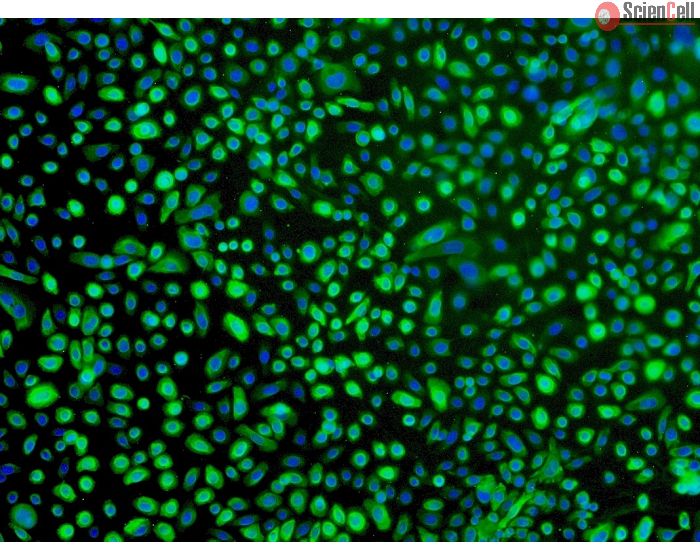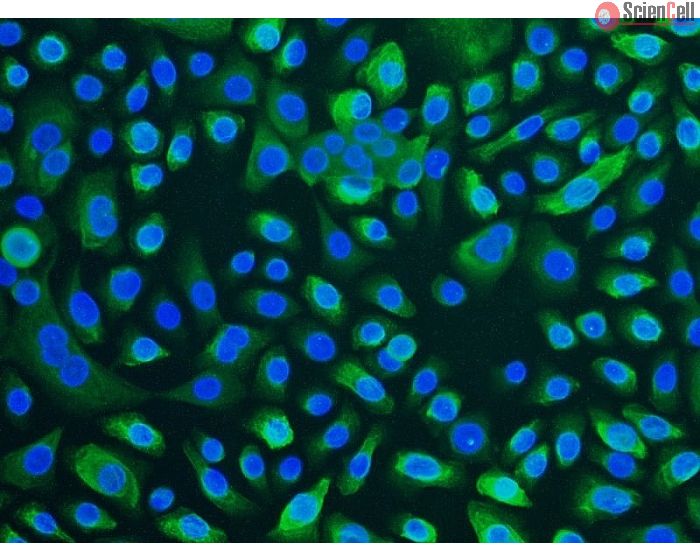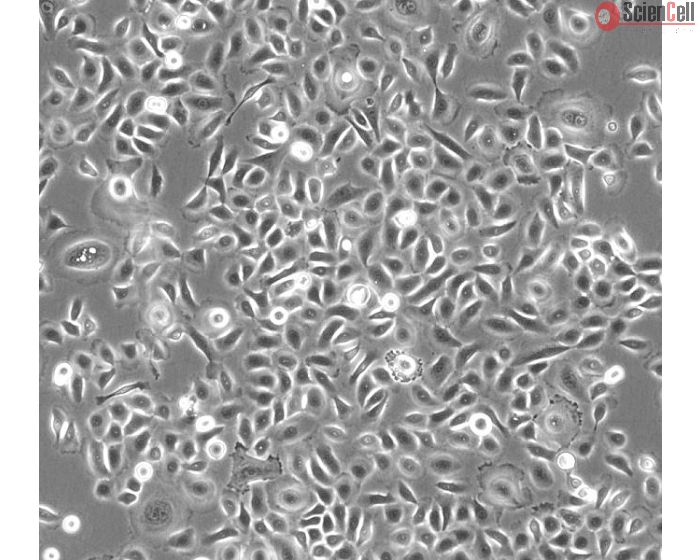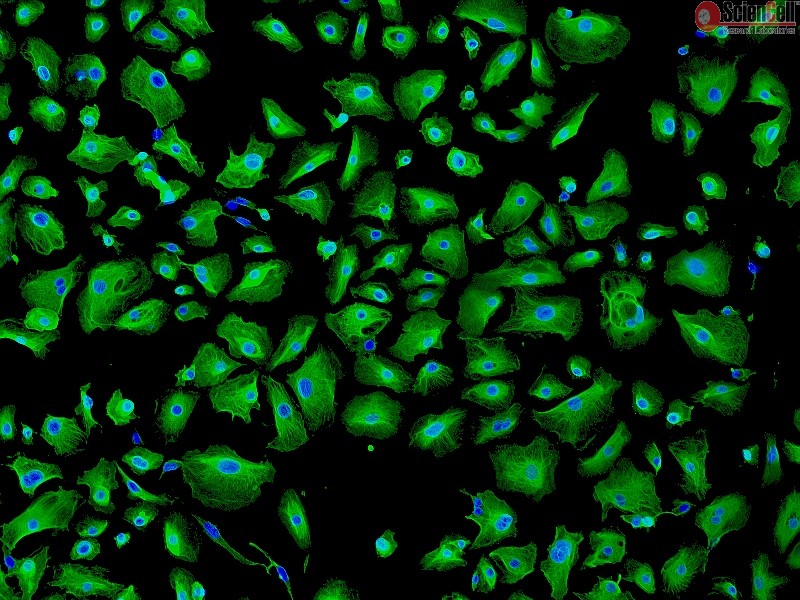Epithelial cells are the most numerous cells in the lungs and contribute to innate and adaptive immunity. Airway epithelial cells are located in the lower respiratory tract which includes the trachea, bronchi, small airways (bronchioles), and alveoli. Due to their location, airway epithelial cells are constantly exposed to microbes, particles, and pollutants and are essentially the first line of defense against invading pathogens. Airway epithelium acts as a physical barrier and either directly remove pathogens or interact with immune cells which initiate the clearance of pathogens. Epithelial cells also play an important role in reducing inflammation and maintaining homeostasis in the lungs. During an infection, epithelial cell dysfunction can contribute to the development of inflammation of the airways and lungs. Additionally, patients with chronic pulmonary disease are more susceptible to respiratory infections due to defects in epithelial barrier structure and function.

These cells also provide critical antimicrobial functions by generating mucus, producing antimicrobial peptides, mucociliary clearance, and phagocytosis. Lung epithelium has antimicrobial proteins and peptides (APPs) such as b-defensin and SPLUNC which are charged peptides that bind to the pathogen and directly eliminate it. Unfortunately, pathogens have developed ways to evade epithelial cell phagocytosis and APP mediated host defense. During an infection the epithelium can become overwhelmed by the pathogen and as a result will enlist immune cells to remove the pathogens.

Upon infection from respiratory viruses such as influenza A and SARS-associated coronavirus, bronchial epithelial cells and alveolar type II cells produce and release cytokines and chemokines. Recent coronavirus studies in rat also indicate that alveolar type I cells play an important role in the proinflammatory cytokine and chemokine response. Coronaviruses like SARS are known to replicate in human airway cells, making airway epithelial cells an important target for these types of diseases. Researchers, as a result, have suggested that one potential way to enhance response to lung infections is to boost epithelial cell immunity. Understanding more about the role of airway epithelial cells in disease pathogenesis will provide new avenues for treatment of acute respiratory infections, such as COVID-19.

At ScienCell Research Laboratories, we offer primary human airway epithelial cells including Tracheal (Cat# 3220), Bronchial (Cat# 3210), Small Airway (Cat# 3230), and Pulmonary Alveolar Epithelial Cells (Cat# 3200). Visit our blog post regarding our new SARS-CoV-2 Coronavirus Real-time RT-PCR (RT-qPCR) Detection Kit (Cat #RU7038).

